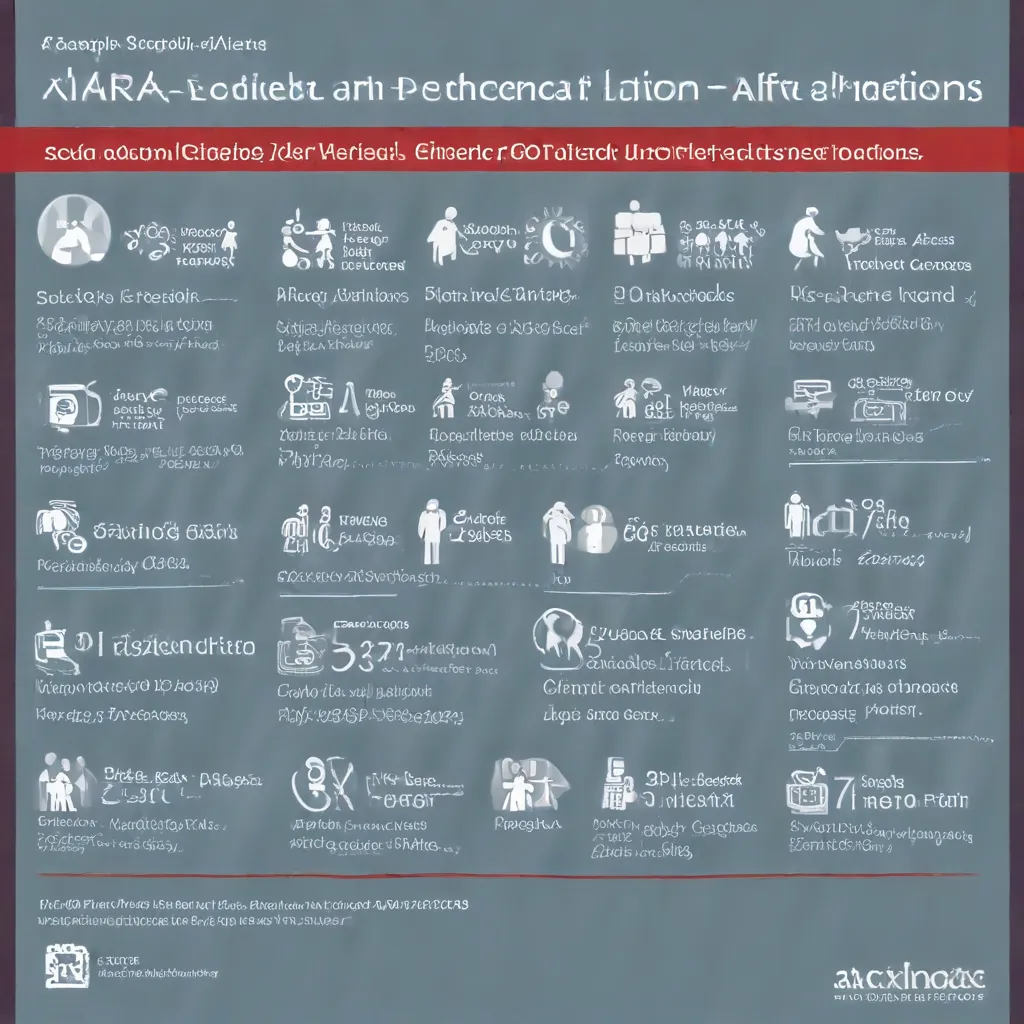
2024 ACC/AHA Key Data Elements and Definitions for Social Determinants of Health
Social determinants of health (SDOH) – the conditions in which people are born, live, learn, work, play, worship, and age – have a profound impact on individuals’ cardiovascular health and overall well-being. In 2024, the American College of Cardiology (ACC) and the American Heart Association (AHA) collaborated to develop a comprehensive framework for capturing and utilizing SDOH data in clinical care and research. This landmark document identifies 10 key data elements and their associated definitions, providing a standardized approach to assessing the social drivers of health outcomes.
Socioeconomic Status
Socioeconomic status (SES) encompasses an individual’s or household’s social and economic position relative to others, factoring in income, wealth, education, occupation, and other markers of advantage or disadvantage. This multifaceted metric is a strong predictor of cardiovascular disease risk and mortality. The 2024 ACC/AHA framework recommends capturing SES data through measures of household income, educational attainment, and employment status.
Household Income: This data element quantifies the total annual income from all sources (e.g., wages, salaries, tips, interest, dividends, Social Security, and other government cash benefits) for all members of the household. Capturing income data allows for the assessment of financial resources and potential barriers to accessing healthcare and maintaining a healthy lifestyle.
Educational Attainment: This element records the highest level of education completed by the individual, ranging from less than high school to graduate or professional degree. Educational attainment is closely linked to health literacy, which can influence one’s ability to understand and act on medical advice, navigate the healthcare system, and adopt preventive behaviors.
Employment Status: This data element categorizes an individual’s current employment situation, such as employed full-time, employed part-time, unemployed, retired, or not in the labor force. Employment status can impact access to employer-sponsored health insurance, financial stability, and opportunities for physical activity and social engagement – all of which are relevant to cardiovascular health.
Behavioral Factors
Behavioral factors, such as lifestyle choices and mental health, are crucial determinants of cardiovascular disease risk and outcomes. The 2024 ACC/AHA framework recommends capturing data on lifestyle behaviors, mental health, and substance use.
Lifestyle Behaviors: This element includes measures of physical activity, dietary patterns, and tobacco use. Regular physical activity, a healthy diet, and smoking cessation are well-established protective factors against cardiovascular disease. Collecting standardized data on these behaviors can help identify high-risk individuals and guide targeted prevention and management strategies.
Mental Health: This data element assesses the presence and severity of mental health conditions, such as depression, anxiety, and stress. Poor mental health can adversely affect cardiovascular health through physiological pathways (e.g., inflammation, autonomic dysregulation) and behavioral mechanisms (e.g., poor medication adherence, reduced physical activity). Capturing mental health data can inform integrated care approaches that address both physical and mental well-being.
Substance Use: This element records the use of tobacco, alcohol, and illicit drugs, as well as any history of substance use disorders. Substance use is a significant risk factor for cardiovascular disease and can exacerbate existing conditions. Monitoring substance use patterns can inform targeted interventions and harm reduction strategies.
Community Factors
The communities in which individuals live, work, and play also shape their cardiovascular health. The 2024 ACC/AHA framework recommends capturing data on neighborhood environment, social support, and access to healthcare.
Neighborhood Environment: This data element assesses the physical and social characteristics of the local community, such as availability of healthy food options, access to green spaces and recreational facilities, crime rates, and air quality. Unfavorable neighborhood environments can create barriers to maintaining a healthy lifestyle and accessing healthcare services.
Social Support: This element measures the level of emotional, instrumental, and informational support available to the individual from family, friends, and community networks. Strong social connections can positively influence health behaviors, treatment adherence, and overall well-being, while social isolation is a risk factor for adverse cardiovascular outcomes.
Access to Healthcare: This data element captures information on the individual’s health insurance status, regular source of care, and ability to afford and utilize healthcare services. Barriers to accessing high-quality, affordable healthcare can lead to delayed diagnosis, suboptimal disease management, and poor health outcomes.
Health Outcomes
The ultimate goal of collecting and utilizing SDOH data is to address health disparities and improve cardiovascular outcomes. The 2024 ACC/AHA framework recommends tracking data on cardiovascular disease, chronic conditions, and mortality.
Cardiovascular Disease: This element records the presence, severity, and management of various cardiovascular conditions, such as coronary artery disease, heart failure, arrhythmias, and stroke. Monitoring the incidence and progression of these conditions can help identify populations at higher risk and guide the development of targeted interventions.
Chronic Conditions: This data element captures the presence and management of other chronic health conditions, such as diabetes, hypertension, and chronic obstructive pulmonary disease. These comorbidities often coexist with and exacerbate cardiovascular disease, highlighting the importance of holistic, patient-centered care.
Mortality: This element records information on all-cause and cardiovascular-specific mortality. Tracking mortality data can help assess the broader impact of SDOH on health outcomes and guide the allocation of resources to address the most pressing needs.
By systematically capturing and integrating SDOH data into clinical practice and research, the 2024 ACC/AHA framework aims to empower healthcare providers, public health professionals, and policymakers to better understand the complex social, economic, and environmental factors that shape cardiovascular health. This comprehensive approach can inform the development of tailored, equitable, and effective strategies to prevent and manage cardiovascular disease, ultimately improving health outcomes and reducing disparities across diverse populations.
To learn more about how the Wine Garden Inn is committed to supporting the health and well-being of our local community, please visit www.winegardeninn.com.
